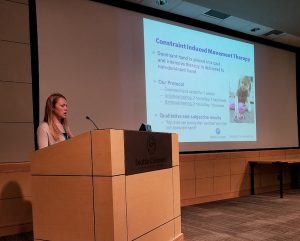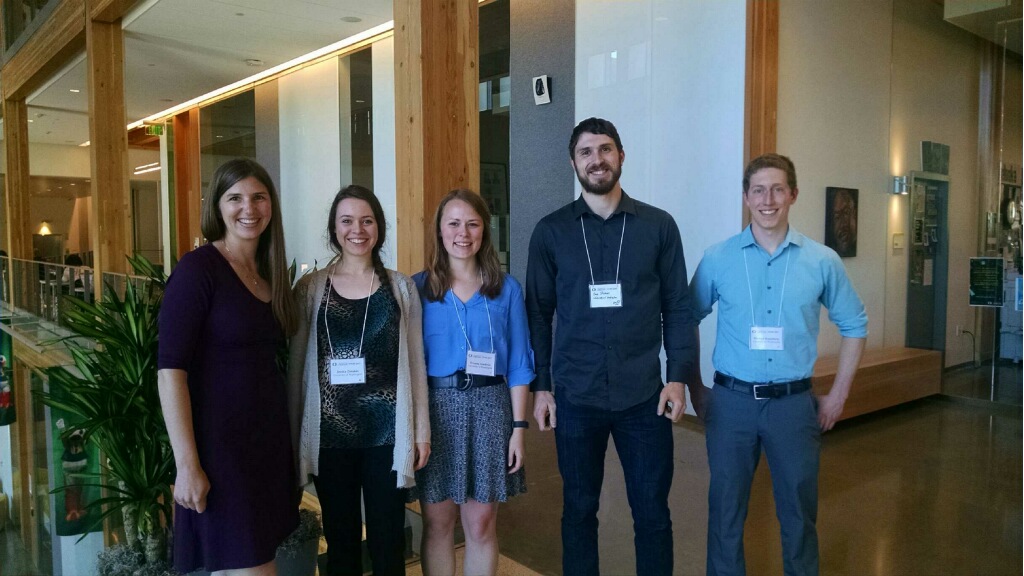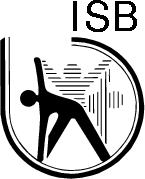Brianna Goodwin, a Master’s student in our lab, presented her collaborative  abstract on monitoring Constraint-Induced Movement Therapy (CIMT), a therapy for children with hemiplegic cerebral palsy (CP), at the Seattle Children’s Hospital (SCH) Grand Rounds this past week. The Grand Rounds are a time to present research, new ideas, and translational science to medical personnel of varied background.
abstract on monitoring Constraint-Induced Movement Therapy (CIMT), a therapy for children with hemiplegic cerebral palsy (CP), at the Seattle Children’s Hospital (SCH) Grand Rounds this past week. The Grand Rounds are a time to present research, new ideas, and translational science to medical personnel of varied background.
To read Brianna’s abstract in full, download her PDF here: SCH Grand Rounds, CIMT abstract


